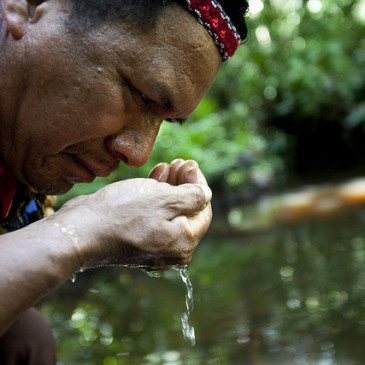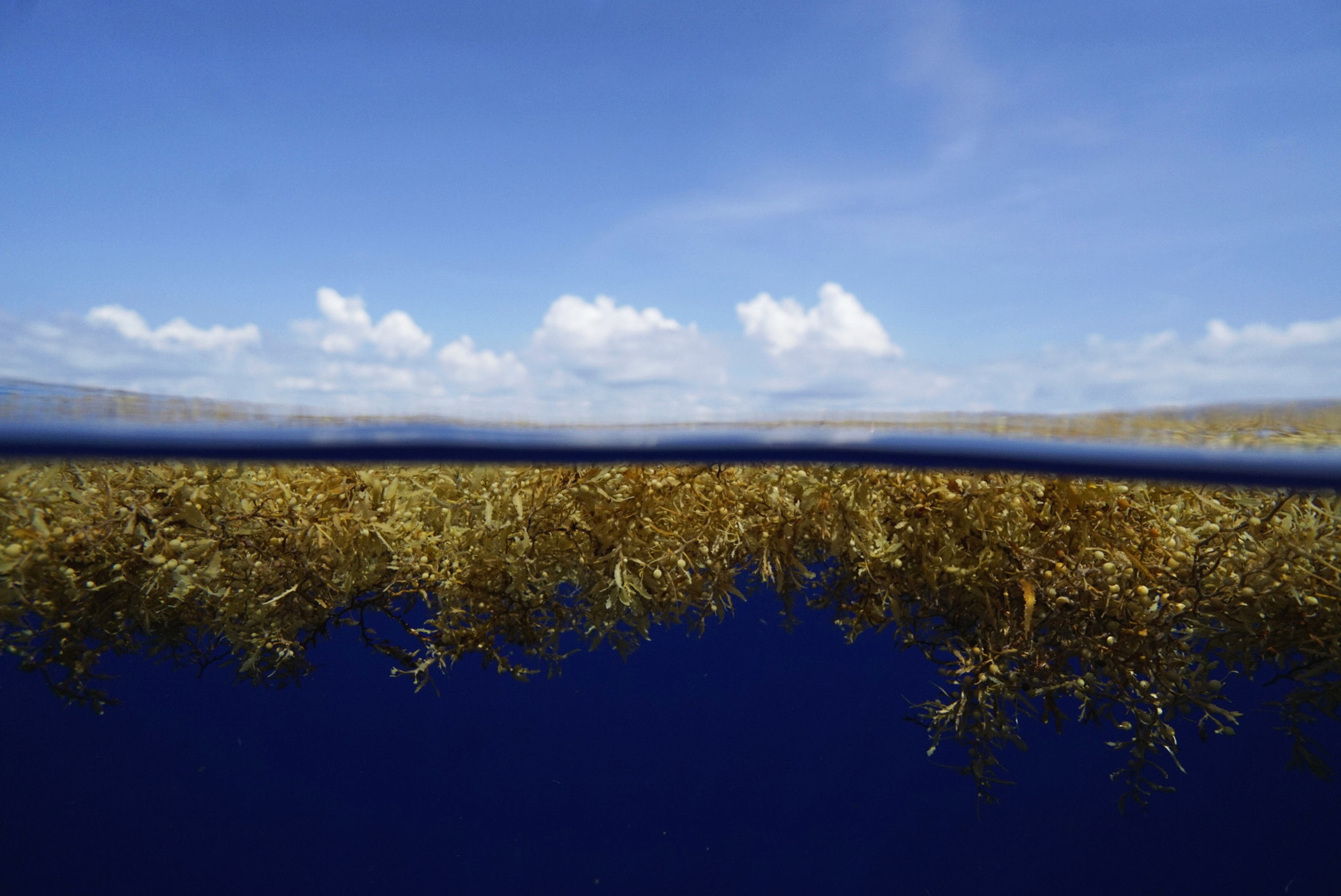The dorado catfish, which can grow up to 2 metres long, is an important source of food for people along the world’s longest river. It was suspected of making a spectacular journey, but a careful new analysis of the distribution of larvae and juvenile and mature adults has confirmed the mammoth migration.
by Damian Carrington, The Guardian
A giant silvery-gold catfish undertakes the longest freshwater migration of any fish, according to new research, travelling 11,600km from the Andes to the mouth of the Amazon and back.
[iframe width=”560″ height=”315″ src=”https://www.youtube.com/embed/6vI0542HSR8″ frameborder=”0″ allowfullscreen]
The dorado catfish, which can grow up to 2 metres long, is an important source of food for people along the world’s longest river. It was suspected of making a spectacular journey, but a careful new analysis of the distribution of larvae and juvenile and mature adults has confirmed the mammoth migration.
However, the scientists behind the new work warn that the building of dams, mining operations, and deforestation are threatening to break the giant fish’s epic life cycle.
The new work, published in the journal Scientific Reports, shows that dorado catfish spawn their young high up the Amazon river system in the foothills of the Andes mountains. The young fish then swim 5,800km to near the mouth of the river, where they feed and grow.
After two or three years, rising water levels that follow the rainy season prompt the fish to begin the return marathon. The upstream swim takes up to two years and when the fish reach their spawning grounds, they breed and the cycle begins again. The scientists found that at least two other “goliath” catfish species also spawn near or in the Andean foothills.
“This is the first time that scientific research has linked [together] the full range of these fish species, some of which stretch from the Andes to the Amazon river estuary,” said Ronaldo Barthem at the Museu Paraense Emílio Goeldi in Brazil, who led the research.
Michael Goulding, at the Wildlife Conservation Society and part of the research team, said: “Many questions remain about these incredible fish, such as why they travel so far to reproduce and do they return to place of birth to spawn? Now we have a baseline that will help direct future research and conservation efforts.”
The team conclude in the new study: “The expected infrastructure development in the Andes, especially the combination of dams, headwater deforestation and mining activity could present major threats to important spawning areas ranging from Colombia in the north to Bolivia in the south. The long-distance migratory goliath catfishes provide a profound biological indicator of ecosystem health from the Andes to the freshwater Amazon river plume in the Atlantic, and the impacts on them should be considered in all major infrastructure development.”
Both salmon and eels are known to perform very long migrations, although these begin in the ocean, and are still shorter than that revealed for the dorado catfish. One of the longest salmon runs is that taken 3,200km up the Yukon river by the chinook salmon. European eels travel about 5,000km from the Sargasso Sea to Europe.




